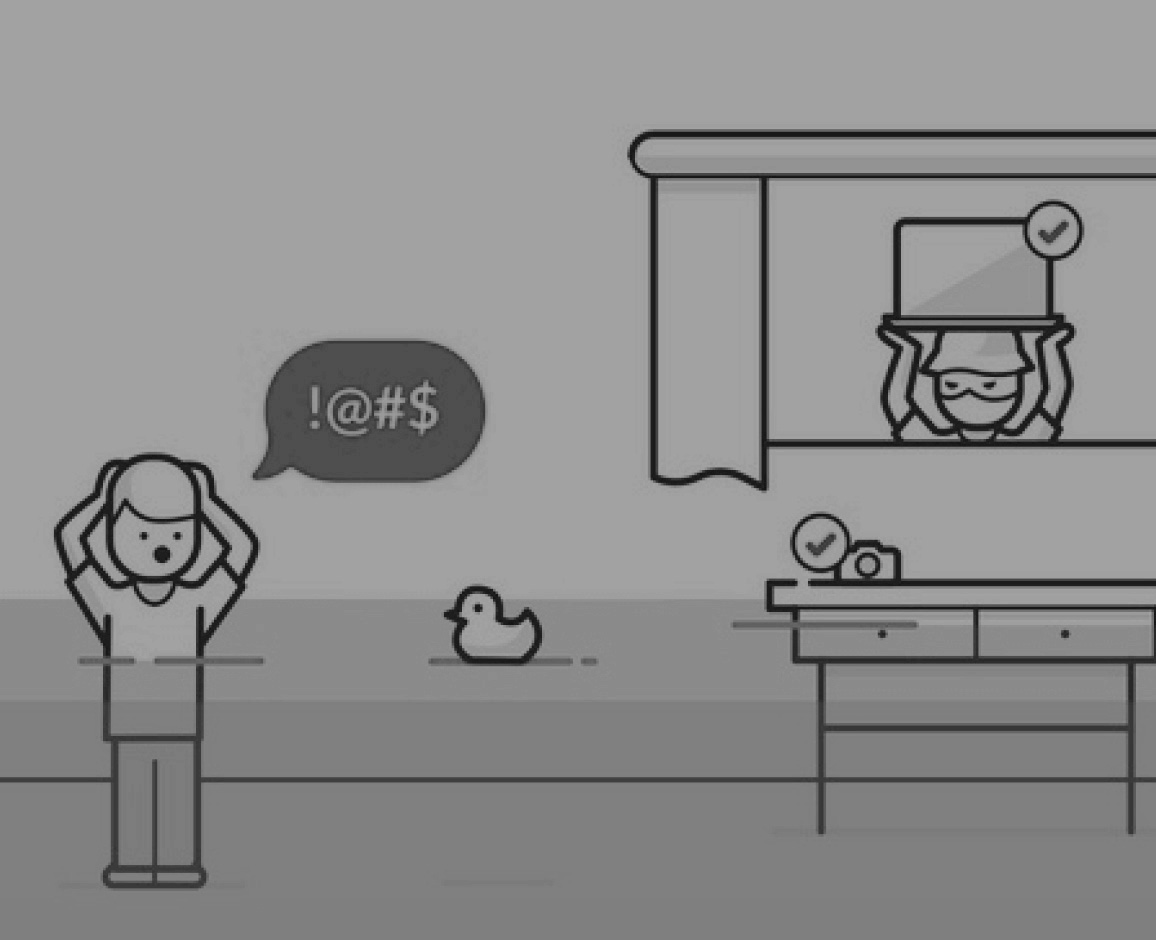It’s not looking too good for subscriptions right now: News sites are dropping their paywalls, streaming services are turning to ads (and into cable), and there’s even noise of SaaS companies abandoning the model.
What’s going on?
Over a decade ago, this community heralded the shift to the Subscription Economy as the future of business, with its customer-centric mindset and recurring relationships and revenue. Fast forward to 2024, let me just officially declare what we all know, we are through the shift. We’re on the other side. You, this community, helped create this new world — and it’s become our new normal. These new “customer-centric” business models, including subscriptions, are now ubiquitous.
But a year ago, a new phrase entered our lexicon: subscriber fatigue. Consumers are overwhelmed with the multitude of subscriptions they’re expected to maintain. Some businesses discovered that they have more SaaS applications than employees. Everyone is reassessing the value they get from these products. Profits are down. Churn is on the rise.
So does this mean the Subscription Economy is over?
Of course not. It’s simply entering a new phase. And with a new phase comes new challenges, new ideas. The conversations we’ve been having with this community have been so exciting, so fresh, that after a year hiatus, we’re bringing back our Subscribed newsletter. It’s time to put the cape back on.
We now stand at an inflection point. Customers have outgrown this first wave of services. A market shakeout is happening in many saturated segments. As businesses are looking for a way to navigate this inflection point, some are doing one absolutely wrong approach: Reacting by raising prices. That isn’t sustainable and could actually make matters worse.
To actually have staying power in this increasingly competitive, dynamic, evolving landscape, modern businesses need a different approach. They need to focus on monetization, which is how a business matches what it values with what its customers value, takes that to market, and generates revenue from it.
Today, simply having a subscription model or any other single static model, is no longer enough. It’s not enough to guarantee market share, growth, brand loyalty, or sustained competitive advantage. But there’s a better path forward. When you look at The New York Times, Zoom, HubSpot, and GoPro, there’s a new strategy emerging.
The New York Times Company is now so much more than the home of the nation’s newspaper of record. It’s transformed into a digital powerhouse, with its bundling and unbundling strategy driving subscription revenue past $1 billion in 2023. The Times reached this milestone by pairing its core news offerings with products like Games (The Crossword, Wordle), Wirecutter (product recommendations), Cooking, and The Athletic (sports news). This approach has attracted a massive audience, adding 300,000 digital subscribers in just the fourth quarter of last year and increasing its subscriber base to 10.36 million, 9.7 million of which are digital-only.
During the pandemic, Zoom became an indispensable tool for all of us to stay connected and keep businesses alive, scaling from 10 million daily meeting participants to 300 million in less than six months. But the company didn’t rest on its laurels. Now, the enterprise has expanded its offerings with Zoom Rooms, chat, AI, and more.
HubSpot recently announced they are rolling out a seats-based pricing structure across all its Hubs and subscription levels starting this month. This pricing model encourages business growth by starting for free, scaling easily, offering flexibility in access control, and enhancing team connectivity through a unified CRM system, fostering efficient workflows and deeper customer insights with (you guessed it) AI.
GoPro, the camera maker, now has 2.5 million subscribers! And just last month, GoPro expanded to three subscription offerings, introducing a Premium+ option for advanced creators that includes additional features and benefits to sitting beside their less expensive counterparts, GoPro Premium and Quik (phone video editing) subscriptions.
So what do these strategies have in common?
- They show an understanding that monetization is bigger than any singular pricing model.
- It encompasses the end-to-end strategy and process for how a business creates value, brings that value to market, and generates and collects revenue from it.
- To create better value for customers, The Times didn’t just lower the price of a digital subscription to its newspaper, it reinvented its entire portfolio of value and created new ways for audiences to engage with it.
- These strategies are all living and have the ability to evolve over time.
- Adopting a customer-centric business model with a set-it-and-forget-it approach isn’t enough. That’s how many businesses ended up where they are now, scrambling to keep subscribers.
- A business’s monetization strategy needs to be future-proof. Customer demand and the market change over time. Businesses need to stay in tune with both and change how they monetize accordingly.
- And lastly, they addressed root questions: Why did they buy? How did they get value? Why did they churn?
- Businesses need to dig deep to understand what’s happening with their audiences.
- What if they wanted to try it out first? What if they wanted a cheaper version? What if they wanted to pay only for what they read, watched, or used, but they couldn’t? What if they wanted one thing but not the other? Modern businesses remove those concerns from the field.
These stories all point to an emerging strategy, one that continuously evolves monetization with demand. We call this strategy: Total Monetization.
Total Monetization is a strategy that is both customer-centric and future-proof. Total Monetization can take shape in numerous ways, including bundling and unbundling subscriptions, offering consumption-based pricing alongside subscription models, one-off top-ups, freemium products, and per-use credit systems.
These are some of the stories we’ve returned to tell. And if we haven’t made it clear enough yet, no, the Subscription Economy is not over. In fact, the ideals of the Subscription Economy are still holding strong, but companies need a new strategy and we want to tell you all about it.
In the coming weeks, we’ll dive deeper into this concept of Total Monetization. We’ll explain how businesses are losing because of their static, supply-driven strategies. We’ll introduce companies that are winning with evolving, demand-driven ones, and walk you through emerging models that will set you up for success. So stay tuned!
We also want to hear from you: What are your initial thoughts? Does this resonate with you? Drop me a line!

